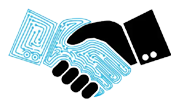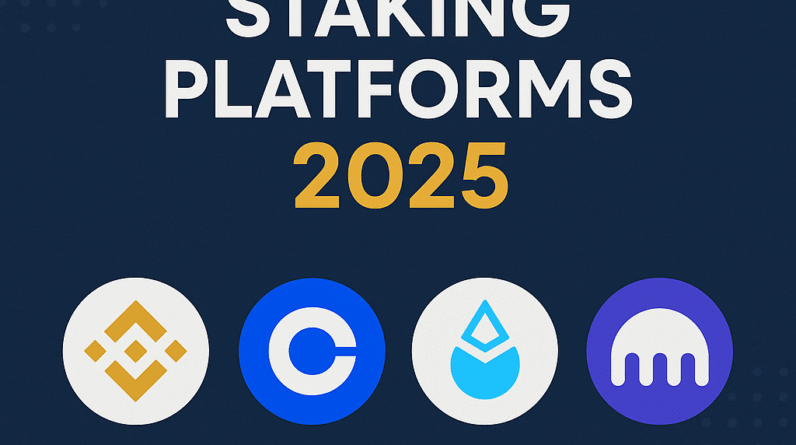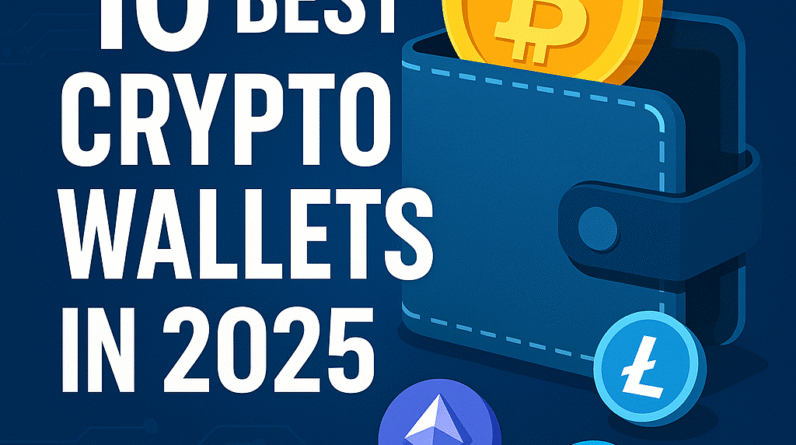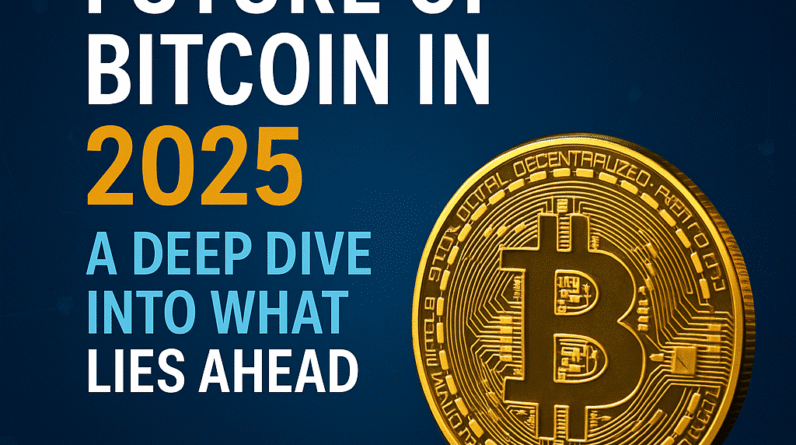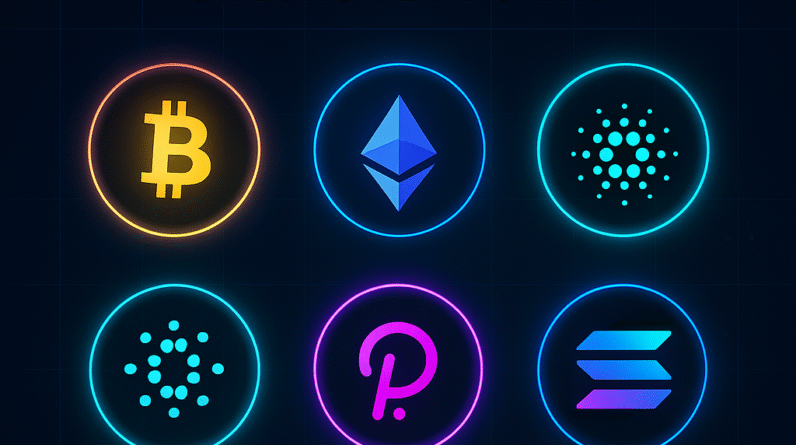The year 2025 marks a pivotal moment in the evolution of cryptocurrency and blockchain technology, driven by the unprecedented integration of artificial intelligence (AI). As industries worldwide adopt AI to enhance operational efficiency, the blockchain sector is witnessing a transformative wave where AI-powered cryptocurrencies emerge as game-changers. These innovations promise to redefine financial transactions, security protocols, and decentralized applications (dApps) in ways previously unimaginable.
The Convergence of AI and Blockchain: A New Era
The fusion of AI and blockchain technology is not a mere technological experiment but a strategic evolution to address the core challenges facing digital currencies today. Blockchain’s inherent decentralization and transparency provide an excellent foundation for secure data handling, while AI brings superior data analysis, automation, and decision-making capabilities.
AI-powered cryptocurrencies leverage this synergy to optimize smart contracts, enhance network scalability, and introduce adaptive security measures. Unlike traditional cryptocurrencies that rely on fixed protocols, AI integration allows these digital assets to evolve dynamically, responding intelligently to network conditions and user behaviors.
How AI Enhances Cryptocurrency Functionality
1. Intelligent Transaction Validation
AI algorithms improve the efficiency and accuracy of transaction validations within blockchain networks. By analyzing vast datasets in real-time, AI can detect fraudulent activities, anomalies, and potential threats more swiftly than conventional methods. This capability is crucial in maintaining network integrity and reducing vulnerabilities exploited by hackers.
2. Dynamic Gas Fee Optimization
One of the significant pain points in popular blockchain networks like Ethereum has been volatile transaction fees or gas prices. AI models can predict network congestion and adjust gas fees accordingly, offering users cost-efficient and timely transactions. This dynamic adjustment mechanism prevents overpayment and network delays, thereby improving user experience.
3. Autonomous Smart Contracts
Smart contracts represent self-executing agreements encoded on the blockchain. When empowered by AI, these contracts gain the ability to learn from past transactions, predict future scenarios, and adapt contract terms automatically based on predefined conditions. This innovation unlocks complex use cases in industries such as insurance, supply chain, and finance, where flexibility and real-time adjustments are paramount.
AI-Powered Cryptocurrencies Transforming the Market
The integration of AI into cryptocurrencies has spawned a new class of digital assets and tokens with capabilities that surpass conventional cryptocurrencies. Projects like SingularityNET, Fetch.ai, and Ocean Protocol illustrate how AI-driven tokens operate within decentralized ecosystems, offering enhanced data exchange, autonomous operations, and machine learning integration.
SingularityNET: Decentralized AI Marketplace
SingularityNET offers a decentralized platform where AI services can be bought and sold using the AGI token. By decentralizing AI resources, it promotes collaboration across developers and organizations worldwide, fueling innovation and reducing reliance on centralized AI providers.
Fetch.ai: Autonomous Economic Agents
Fetch.ai’s blockchain hosts autonomous agents that perform tasks such as predictive analytics and resource allocation on behalf of users or businesses. Powered by the FET token, this platform exemplifies how AI can automate complex economic activities with minimal human intervention.
Ocean Protocol: Data Monetization
Ocean Protocol leverages AI to create a secure and transparent marketplace for data sharing and monetization. Its native OCEAN token facilitates transactions that enable AI models to access diverse datasets while ensuring data privacy and ownership rights.
Security Advancements in AI-Powered Blockchain Networks
The marriage of AI and blockchain enhances security by enabling proactive threat detection and adaptive defense mechanisms. AI systems continuously monitor blockchain activity patterns, swiftly identifying suspicious behaviors such as 51% attacks, Sybil attacks, and double-spending.
Moreover, AI-driven encryption techniques and zero-knowledge proofs are evolving to secure user identities and transactions without compromising privacy. This balance between transparency and confidentiality is crucial for regulatory compliance and widespread adoption.
Challenges Facing AI-Powered Cryptocurrencies
Despite the enormous potential, the rise of AI-powered cryptocurrencies comes with significant challenges:
-
Computational Complexity: Integrating AI into blockchain requires substantial computing power, which can affect network speed and energy consumption.
-
Data Privacy Concerns: AI’s reliance on vast datasets necessitates stringent measures to protect sensitive information on decentralized platforms.
-
Regulatory Uncertainty: Governments are still developing frameworks to regulate AI-driven digital assets, creating an environment of legal ambiguity.
-
Interoperability Issues: Seamless interaction between different AI-blockchain platforms remains a technical hurdle that must be overcome for mass adoption.
The Future Outlook: AI-Powered Cryptocurrencies in 2025 and Beyond
As we advance deeper into 2025, AI-powered cryptocurrencies are expected to revolutionize the digital economy by fostering more intelligent, secure, and efficient blockchain ecosystems. Businesses and investors should anticipate:
-
Broader adoption of AI-enhanced DeFi platforms offering personalized financial products.
-
Expansion of AI-driven governance models within decentralized autonomous organizations (DAOs).
-
Growth in cross-chain AI integrations, facilitating seamless data and asset transfer between blockchain networks.
-
Enhanced user interfaces powered by AI, making cryptocurrency trading and usage more accessible to non-technical users.
Conclusion:
The rise of AI-powered cryptocurrencies represents the forefront of blockchain innovation. By harnessing the analytical prowess of AI and the robust security of blockchain, these cryptocurrencies stand poised to reshape global finance, data management, and autonomous systems. Staying informed and adaptive to these changes will be essential for stakeholders aiming to capitalize on the opportunities this emerging sector offers.
